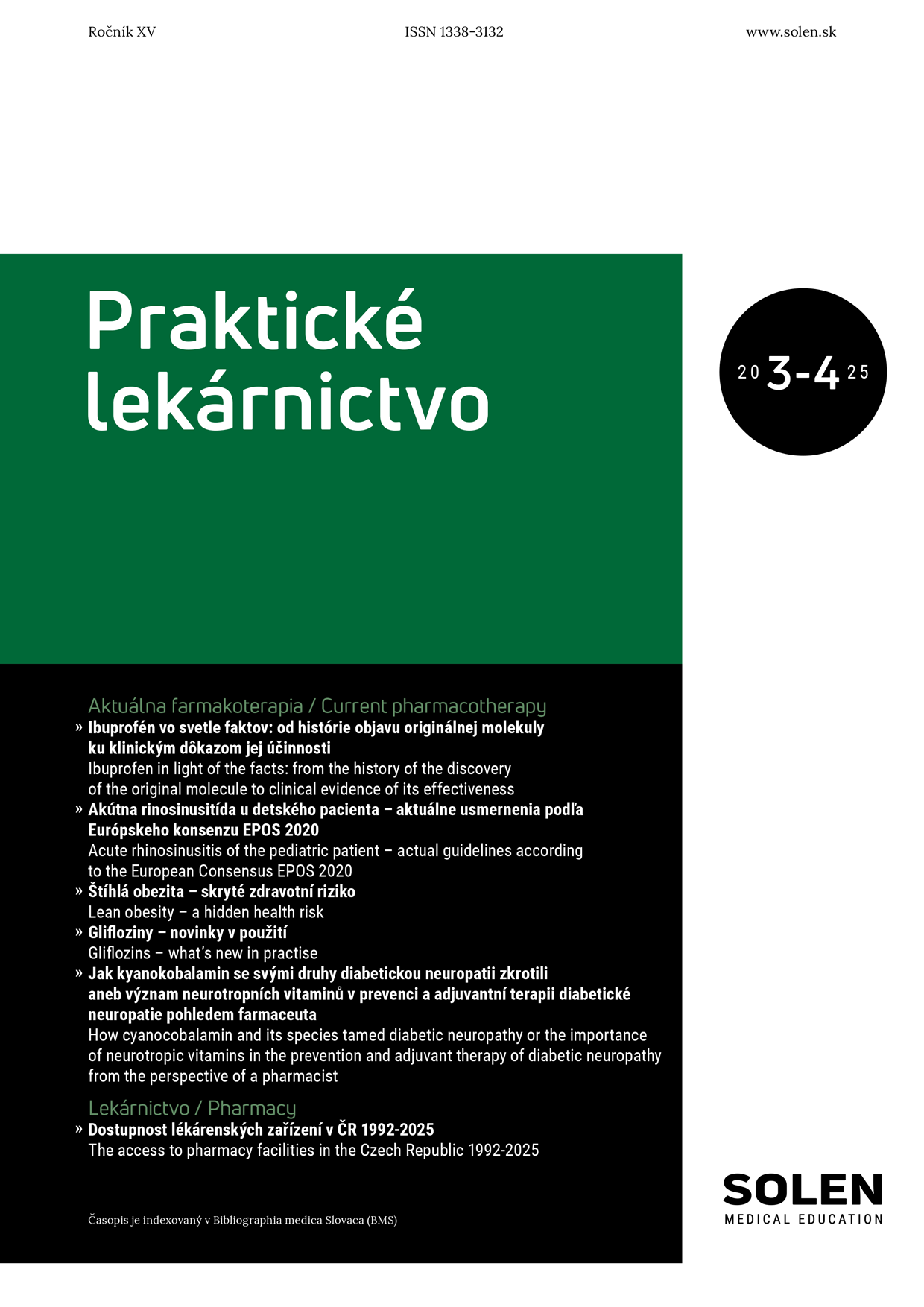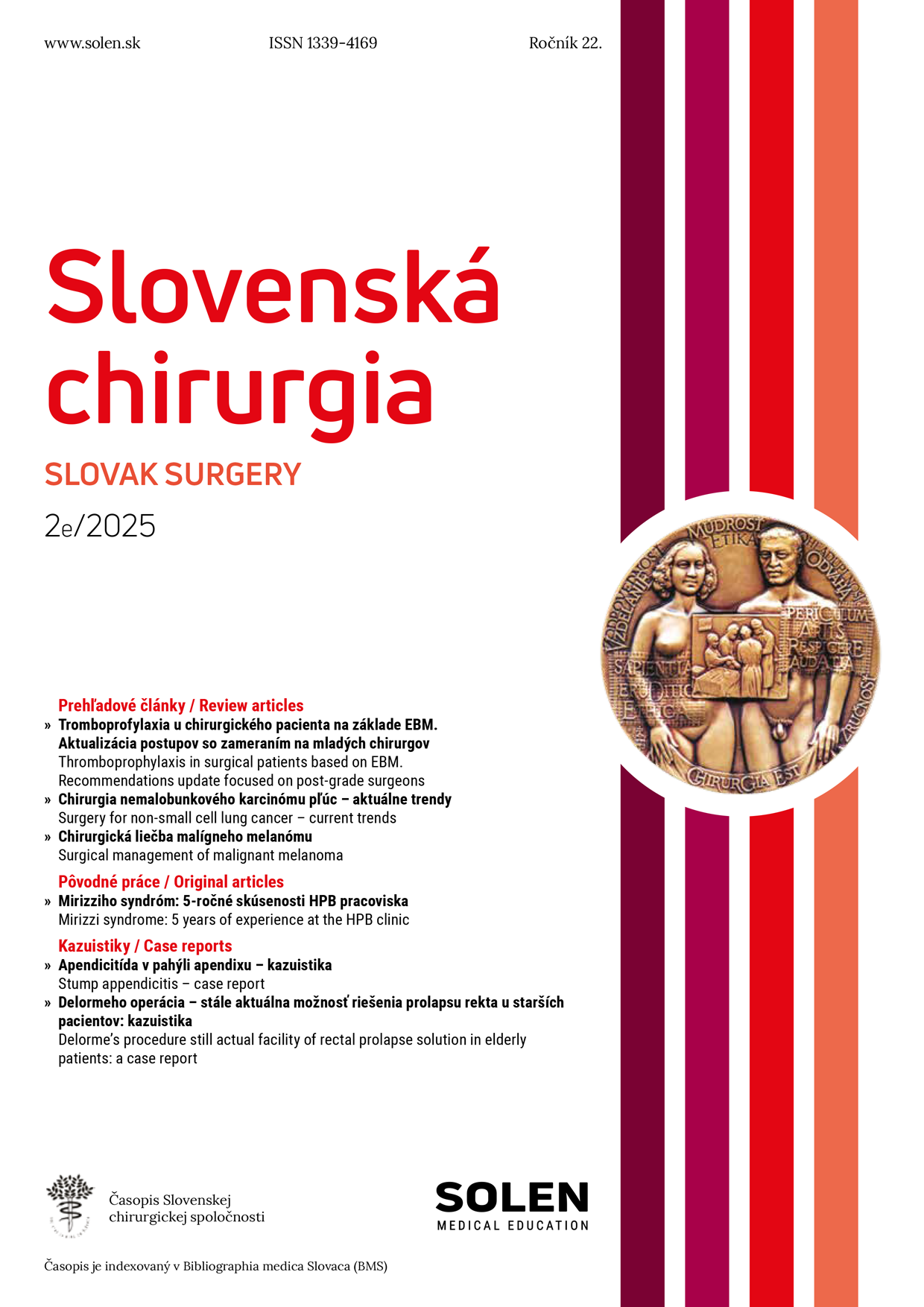Onkológia 1/2021
Najnovšie pokroky v cielenej terapii pokročilého nemalobunkového karcinómu pľúc so zriedkavými alteráciami génov RET, MET, BRAF a NTRK
Nemalobunkový karcinóm pľúc (NSCLC) patrí medzi onkologické ochorenia s najväčším množstvom identifikovaných onkogénnych mutácií alebo iných onkogénnych génových alterácií (oncogenic driver mutations or driver alterations). Onkogénne mutácie a iné génové alterácie zohrávajú kritickú úlohu v patogenéze tejto malignity. Cielená inhibícia priamo alterovaných molekúl alebo signálnych dráh, v ktorých sú tieto molekuly aktívne, vedie ku klinicky významnému terapeutickému efektu. Posledné roky pozorujeme výrazný nárast počtu schválených liečiv v cielenej liečbe NSCLC. Výrazné rozšírenie panelu cielených molekúl vedie k nutnosti využívania najnovších molekulárnych diagnostických technológií. Preto Európska spoločnosť pre klinickú onkológiu (European Society for Medical Oncology, ESMO) odporúča rutinné využívanie NGS (next-generation sequencing) v tkanivových vzorkách neskvamózneho nemalobunkového karcinómu pľúc s cieľom identifikácie aj raritných onkogénnych alterácií. Cieľom tohto článku je poskytnúť prehľad o cielených liekoch v liečbe pokročilého NSCLC s raritnými génovými alteráciami 4 génov MET, RET, BRAF a NTRK, ktoré boli schválené za posledné roky a mesiace. Podiel výskytu liečiteľných alterácií týchto génov v NSCLC je nízky. Pri BRAF géne je liečiteľná mutácia V600E. Táto je prítomná u 1,5 % pacientov s neskvamóznym NSCLC. Liečiteľné mutácie v exóne 14 MET génu sa vyskytujú u 3 % pacientov s neskvamóznym aj skvamóznym NSCLC. Liečiteľné fúzie RET génu sa vyskytujú u 2 % pacientov s neskvamóznym NSCLC a liečiteľné fúzie NTRK génu sa vyskytujú u 0,2 % pacientov s neskvamóznym NSCLC. Na základe schválení liekovej agentúry FDA boli publikované ASCO smernice, podľa ktorých je indikovaná cielená liečba pokročilého nemalobunkového karcinómu s mutáciou BRAF V600E (kombinácia dabrafenib plus trametinib), s fúziami RET génu (selpercatinib alebo pralsetinib), s mutáciami MET exón 14 génu (capmatinib alebo tepotinib) a s fúziami NTRK génu (larotrectinib alebo entrectinib) v prvej alebo nasledujúcich líniách liečby. V EÚ je v súčasnosti schválená len časť týchto liekov.
Kľúčové slová: raritné génové alterácie, MET, RET, BRAF, NTRK, pokročilý nemalobunkový karcinóm pľúc
Recent achievements in targeted treatment of advanced non-small cell lung cancer with rare RET, MET, BRAF and NTRK gene alterations
Non-small-cell lung cancer (NSCLC) is among cancers with the highest number of identified oncogenic driver mutations or other oncogenic gene alterations. These oncogenic mutations and other oncogenic gene alterations play a critical role in pathogenesis of this cancer. Targeted inhibition of directly altered molecules or signaling pathways, in which these molecules are active, leads to clinically significant therapeutic effect. In recent years there has been a significant increase in the number of approved drugs used in targeted treatment of NSCLC. A significant expansion of the range of targeted molecules leads to a necessity to use advanced molecular diagnostics. For this reason the European Society for Medical Oncology (ESMO) has recommended routine use of next-generation sequencing (NGS) in tissue samples of non-squamous NSCLC with the aim to identify also these rare oncogenic alterations. This article aims at providing an overview of targeted drugs used in the treatment of NSCLC with rare gene alterations of 4 genes MET, RET, BRAF and NTRK that were approved in recent years and months. The proportion of incidence of druggable alterations of these genes in NSCLC is low. Regarding BRAF gene the currently druggable V600E mutation is present in approximately 1.5% of patients with non-squamous NSCLC. The druggable mutations in exon 14 of MET gene occur in approximately 3% of patients with both non-squamous and squamous NSCLC. Druggable RET gene fusions occur in about 2% of patients with non-squamous NSCLC and NTRK gene fusions occur in about 0.2% of patients with non-squamous NSCLC. ASCO guidelines were published based on FDA approvals, based on which targeted treatment of NSCLC with BRAF V600E mutation (dabrafenib plus trametinib), RET gene fusions (selpercatinib or pralsetinib), MET exon 14 mutations (capmatinib or tepotinib) and NTRK gene fusions (larotrectinib or entrectinib) is indicated in the first or subsequent lines of treatment. Only some of these drugs are currently approved in the EU.
Keywords: rare gene alterations, MET, RET, BRAF, NTRK, advanced non-small cell lung cancer

















